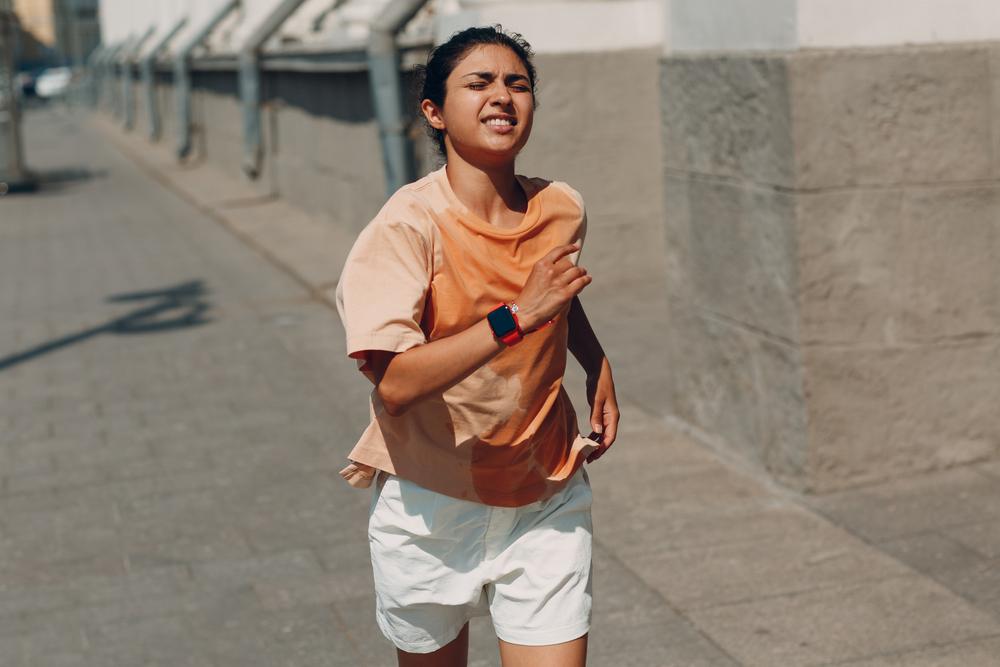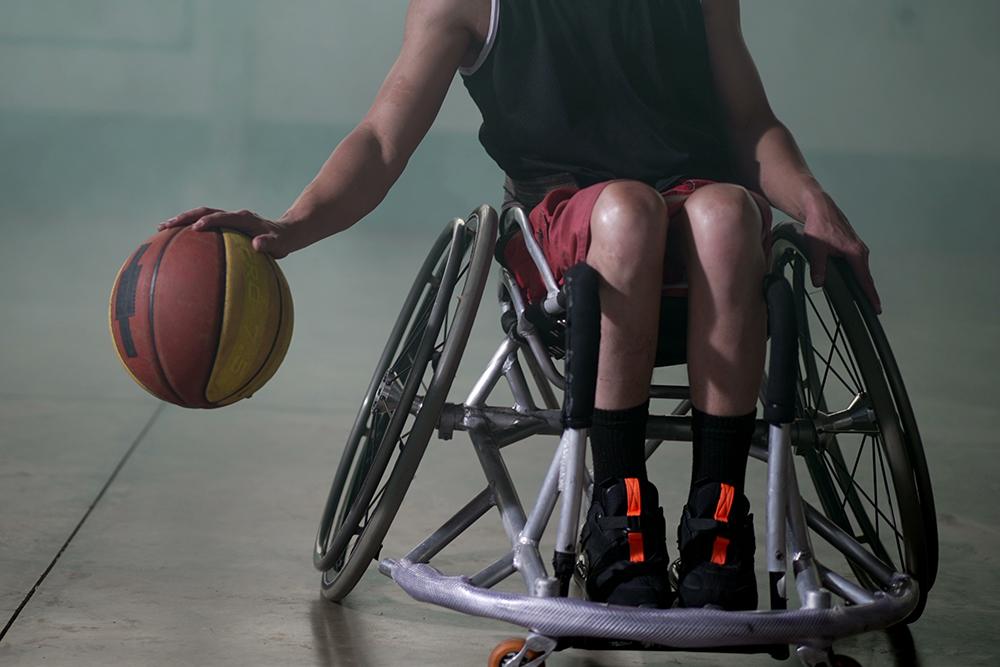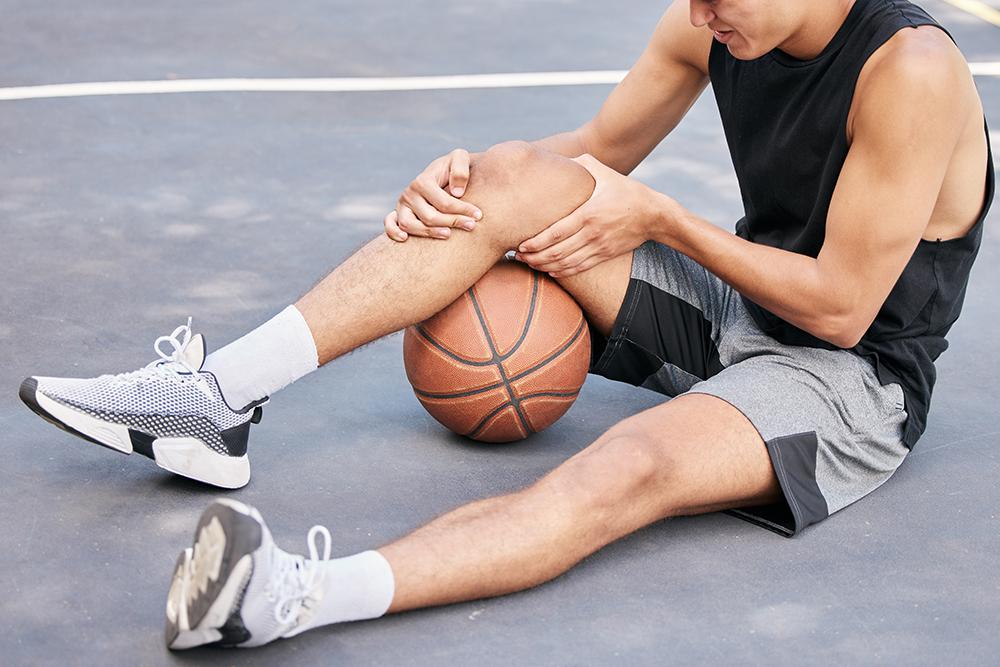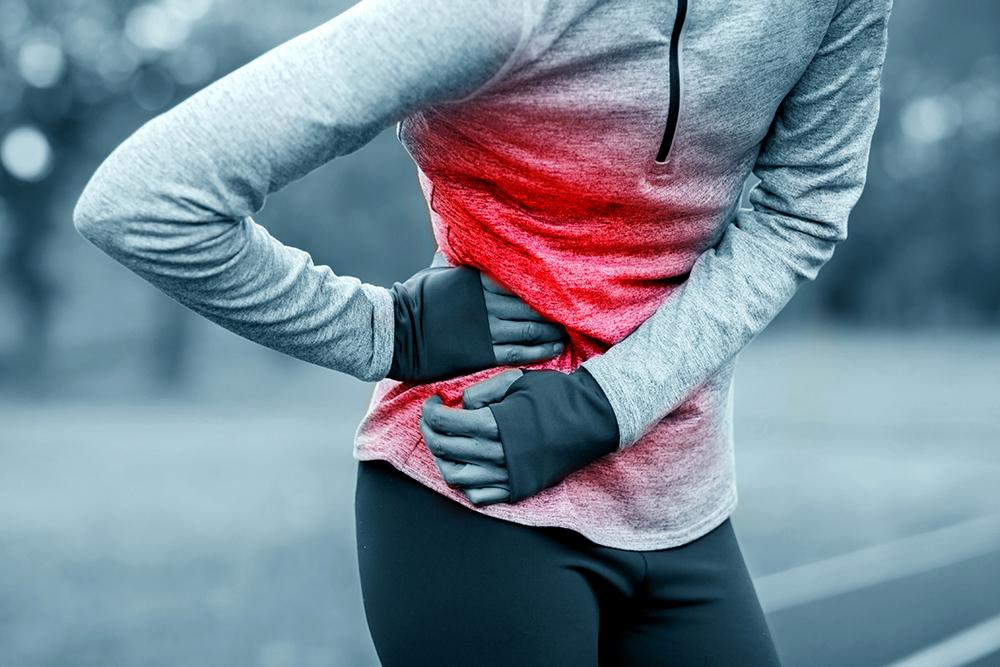 In recent years, coaches across the U.S. have been forced to contend with increasingly severe heat waves, as well as episodes of poor air quality due to wildfires and pollution. It can be hard to know how hot is too hot or how smoky is too smoky before it’s a potential health risk during practice and games with young athletes.
In recent years, coaches across the U.S. have been forced to contend with increasingly severe heat waves, as well as episodes of poor air quality due to wildfires and pollution. It can be hard to know how hot is too hot or how smoky is too smoky before it’s a potential health risk during practice and games with young athletes.
Here, Dr. Michele LaBotz, a TrueSport Expert and sports medicine specialist, is offering guidance for coaches who are questioning when it’s time to cancel practice, or to move it inside.
Assessing Heat-Related Risk
The best way for a coach to gauge the potential heat stress for athletes is NOT by glancing at a weather app, says LaBotz. But rather, coaches and/or athletic training staff should be measuring the wet bulb globe temperature (WBGT) to assess potential safety risk anytime air temperatures start to go over 70 degrees.
The WBGT is measured with a device that combines:
- air temperature
- humidity
- sun exposure/radiation
- wind
 The resulting WBGT is a key factor in determining risk of heat illness in young athletes. It should be emphasized that WBGT has become the standard for assessing heat-related risk in sport, and some states, including California and Georgia, require coaches to use a WBGT device to accurately monitor temperature.
The resulting WBGT is a key factor in determining risk of heat illness in young athletes. It should be emphasized that WBGT has become the standard for assessing heat-related risk in sport, and some states, including California and Georgia, require coaches to use a WBGT device to accurately monitor temperature.
Measuring WBGT at the actual training or competition site is important as the playing surface, as well as shade or wind, can markedly impact readings and risk. One study found that artificial turf surface temperatures could run up to 70 degrees higher than grass in direct sunlight, and that air temperatures above artificial turf can be up to 30 degrees higher than over grass.
Although WBGT is the best way to assess heat-related risk, there are several alternative options to help coaches assess risk in programs that do not yet have a WBGT device:
- If your school or club doesn’t have access to a WBGT device, LaBotz notes that a climate assessment tool developed by the University of North Carolina (UNC) allows coaches to check their local WBGT across the U.S. but adds that this is only regional data and won’t be reflective of your specific training site. So, it is important to recognize that the website won’t account for significant differences between practice that is happening on turf in direct sunlight versus a practice happening in the shade on grass. It’s a good starting point until you’re able to access a WBGT device, though.
- The heat index, which takes into account air temperature and humidity, is commonly used as an alternative option to assess heat-related risk. However, it must be emphasized that for sport-related activities, WBGT is a far better measure of risk.
Whether a coach is using WGBT or heat index to assess heat-related risk, recommendations will vary based upon geographic region. “A temperature that’s going to be well-tolerated by an acclimated kid in Georgia or Florida could be really dangerous for a kid from Maine,” LaBotz says. “Heat acclimatization is a very important piece of the puzzle, in terms of minimizing risk for heat illness.” The UNC climate assessment tool mentioned above includes descriptions of alert levels and activities based upon WGBT and geographic region. In addition, many states have developed recommendations for their area which are often available online. For example, this chart from the South Dakota High School Activities Association offers green/yellow/red differentiation based on heat index, then offers training modifications based on each scenario. LaBotz states that this chart provides reasonable recommendations for most northern states that rarely see extreme heat.
Most heat-related charts are color-coded to delineate risk level, with typical recommendations including:
- For lower heat and humidity in the “green” zone, practice can continue as planned.
- For medium/high heat and/or medium/high humidity that falls into the “yellow” or “orange” zones, practice should be modified to include more rest and water breaks, and athletes should avoid wearing heavy/additional equipment. Coaches should be monitoring athletes closely for any signs of heat-related illness or issues, and coaches may want to consider shortening practice or decreasing intensity. Coaches may also want to consider shifting practice earlier or later to a cooler time of day.
- When temperatures are in the “red” zone—high heat and high humidity or just extreme high heat—practice should be cancelled altogether or moved indoors to an air-conditioned space.
A comprehensive template developed by the Korey Stringer Institute can be a helpful resource for coaches and outlines recommended policies and procedures for heat-related risk, including guidance on heat acclimatization for athletes as well as recognition of heat-related illness.
Poor Air Quality
In recent years, more people have become aware of the Air Quality Index (AQI), which is typically displayed in the weather app on many smartphones, as wildfires have caused clouds of smoke to span thousands of miles from the sites of the fires themselves. Poor air quality, whether from smoke or other forms of air pollution, can be particularly dangerous for athletes with asthma or other respiratory conditions who are exerting themselves and breathing heavily. Because of this, LaBotz notes that it’s important for coaches to pay attention to the AQI and make changes when needed.
Fortunately, compared to heat, which requires on-site testing to be accurate, checking the AQI is relatively simple, and the recommendations are straightforward. However, it’s up to the coach to ensure that the recommendations are put into practice, since some young athletes will require different modifications.
Coaches can use airnow.gov to quickly check AQI and local recommendations. LaBotz notes that this site offers more specific recommendations based on the current (and projected) air quality for different groups. For example:
- Even a “moderate” AQI reading (yellow zone or 51-100 on the gov website) should prompt some athletes, including those with asthma or other respiratory ailments, to decrease their intensity levels during training.
- As the risk continues to rise, all athletes will need more breaks and lower intensity during practice.
- As the risk rises towards “unhealthy” levels (red zone 151-200 on the gov website), practice for high intensity activity will need to be cancelled or moved indoors to an area that has proper air filtration systems in place.
- As the risk rises toward “very unhealthy” levels (red or maroon zones >200 on the org website), all activities should be moved indoors or rescheduled.
________________________________
Takeaway
Coaches need to be aware of both the actual heat—taking into account temperature, humidity, practice location, and wind—as well as the AQI. As either the heat index and AQI go up, coaches will need to modify practices accordingly, allowing athletes more breaks and dropping the intensity, or even moving practice inside or cancelling it altogether.



